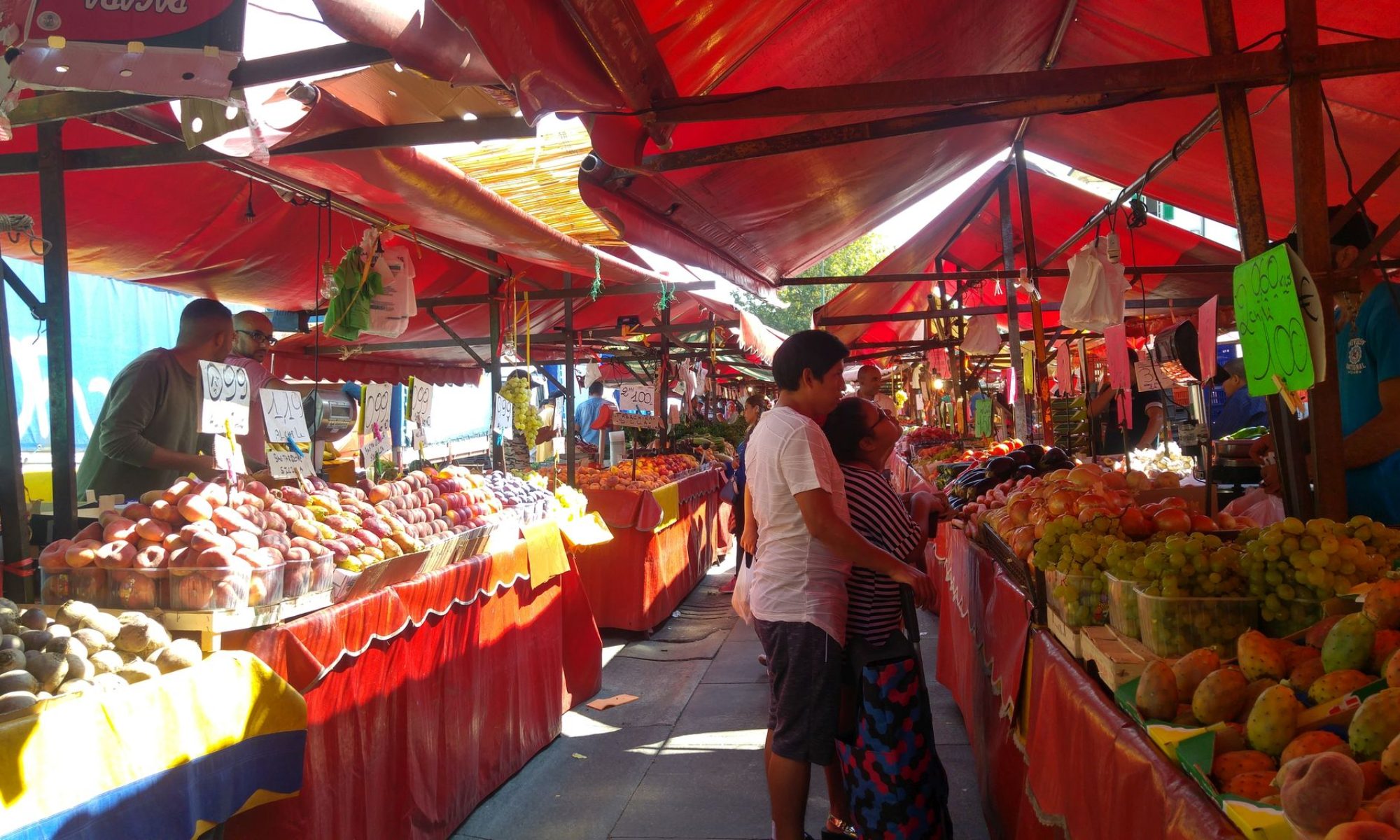Tuesday, 21 September, 2021
There’s a mouse in the house. There’s a man hunting the mouse in the house. There may be other verses. Every day Krish is consumed with finding where the mouse, mice, are coming from. This is far more important than trapping a mouse, since there will still be entry gates (like those of London) to attract more mouse tourists into Jishville – Jish being our version of us as Brangelina. At any rate, I can’t really move around much – I’m trapped by boxes (moved out from shelving where they were invisible) and barriers that do as much to trap me emotionally as physically.

So I really had to go out and be a tourist outside of Jishville.
Off to Guys again, with a simple plan – to walk from London Bridge to Tower Bridge, not very far at all.

First I walked the brief distance to the junction of Tooley Street and Borough High Street.




The Shard is the landmark for the area. It’s very tall and has a unique design and it towers over the streets in all directions. It may have always happened anyway but it feels like the rest of the surrounding area felt it needed to keep up. There’s been a lot of renewal here around Borough Market (the other landmark, although not towering) including an overhaul of London Bridge Station – and you know how I love a good old and new mingle.
In the photos below, you can see the old, but also how the old and the new happily cohabitate. It’s interesting to see how often the new is just knitted into the old seamlessly, like a really good darn in your favourite sock.





Yes, three entrances of various types all into the same station from the same street.
Tooley Street isn’t modernised when you get past the station entrances. In fact, there are a lot of old buildings, each fairly unique – including the old London Bridge Hospital itself. Not so old in fact, since this private hospital was finished in 1986.



I was headed for Hays Galleria, a building I happened on when I first came to London and began exploring. South Bank was a favourite walk and I took so many visitors along the river. My tastes have changed a bit, but Hays feels like a great respite from the bustling Borough Market and South Bank.






Hay’s Galleria was a warehouse and wharf (Hay’s Wharf) for the port of London. At first there was a 1651 brewery here. The warehouse and wharf was its next incarnation in 1856. A Grade II listed structure, it closed in 1970 after several redevelopments and disasters such as fire and bombing. Today’s incarnation came in the 1980s. The feeling in here is quite unique. I imagine myself in a disused railway station rather than a wharf or dry dock. The arched ceiling does that for me. None of the shops interest me particularly. Some sell expensive clothes. There are some fancy independent cafes and a few franchises in here, but who really cares. It’s just nice to sit quietly and have a glimpse of the river just beyond the entry where the ships would have come into the wharf to unload and be reloaded with tea and dry produce. The wharf went through a bunch of revelopments, including after being bombed in WWII, but then closed as a wharf in 1970.
At any rate, it’s a feast to my eyes and senses and it was definitely the only must-do today.





The focal point of the Galleria is The Navigators, 1987, a sculpture by David Kemp. I’d describe it as a steampunk ship. While I was sitting there, it started to do what is probably a time marking thing. Water was sprayed from the bank through to a globe, and fell down to power a wheel. I took a video or two, which I’ll put at the end. It’s a cool and elaborate metal mechanical (enough adjectives?) sculpture, but why not something more of a cargo shipping theme, given the location?

































 I was really surprised to see the usual North London architecture give way to a very modern area. And our target, 215 Hackney, was along a modern street.
I was really surprised to see the usual North London architecture give way to a very modern area. And our target, 215 Hackney, was along a modern street.




















